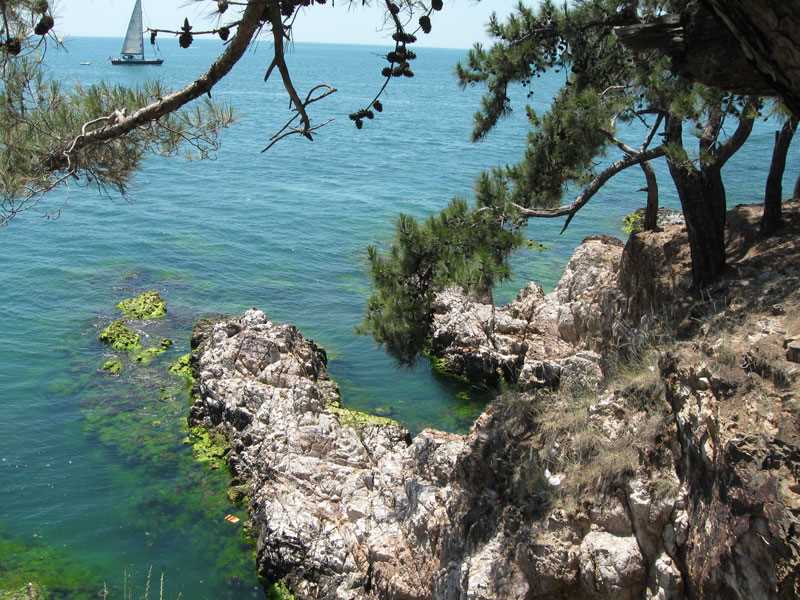The largest and most famous princes. It covers an area of 5.46 km2. Located in the Sea of Marmara, about an hour away from Istanbul. They are reached by Vapur small vessels, which organize daily flights to the Princes Islands from the port of Amenono in Istanbul.
The large island contains the following:
- The great hill yüce Tepe: which overlooks the south side. It is 203 meters above sea level.
- The monastery hill Manastır Tepesi: also called the hill Issa İsa Tepesi and overlooking the north. It is 164 meters above sea level.
The big island is famous for its old buildings, wooden houses, narrow streets and quiet tranquility. It is forbidden to use cars on the island except for fire engines, the municipality and the police, and instead uses bicycles and horse-drawn vehicles.
History of the Big Island
The historical importance of the large island can be found in the Byzantine sources. Where the great island was used in the Byzantine era as a region to exile people whom the state considered to be a source of concern and threat to the Byzantine Empire, whether they were from the royal family or from the state or opponents.
The Ottoman era is of great importance in the history of the Great Island. In 1453, the island was liberated by the Ottoman naval forces led by the captain of Dria (Seid al-Bahar) Captain Baltağlu under the command of Solomon Bay. The liberation of the island took a long time compared to the other islands in Istanbul. In 1908, after the promulgation of the Second Conditional Law, Sultan Abdul Hamid II appointed some observers, pashawat and state officials on the island. These people built houses and palaces that gave the island splendor and beauty in its outward appearance.
One of the most famous denials of this period was the exile of the Russian politician Trogke to the large island by the ruler of Russia Stalin, where he lived for nearly 4 years. In 1920, due to civil wars (internal wars), large numbers of Belarusians emigrated to Istanbul and settled a large part of them on the large island.
In 1930, during archaeological excavations near the Roman Orthodox tombs, the treasure of the island, which consisted of 207 coins dating back to the reign of Alexander II of Macedonia, was found to be of great importance, as it indicates the extent of the island. This treasure was added to the collections of the Istanbul Museum of Antiquities.
Historic monuments on the Big Island
The most important historical landmarks of the large island are the places of worship, perhaps the most important of which is the Hristos Monastery on the top of Issa Hill and the Church of St. Dimitrios Kilisesi, located in the Orthodox neighborhood of Kamosal. In addition to the Church of the Jews also located in the neighborhood of Kamousal. As well as the Armenian and Latino churches and other churches built by the Orthodox. One of the historical mosques on the large island is the Hamidiye Camii, built by Sultan Abdul Hamid II in 1895. As well as other mosques built by Muslims in the Ottoman era during their transition and stability. In addition to these places of worship, the island has eyes of water that the Orthodox believe to be sacred, such as Ionis Constantinus, Ayia Fotini, Ayia Paraskoy and Ayia Yurius, who can attract the attention of all those visiting the large island.








